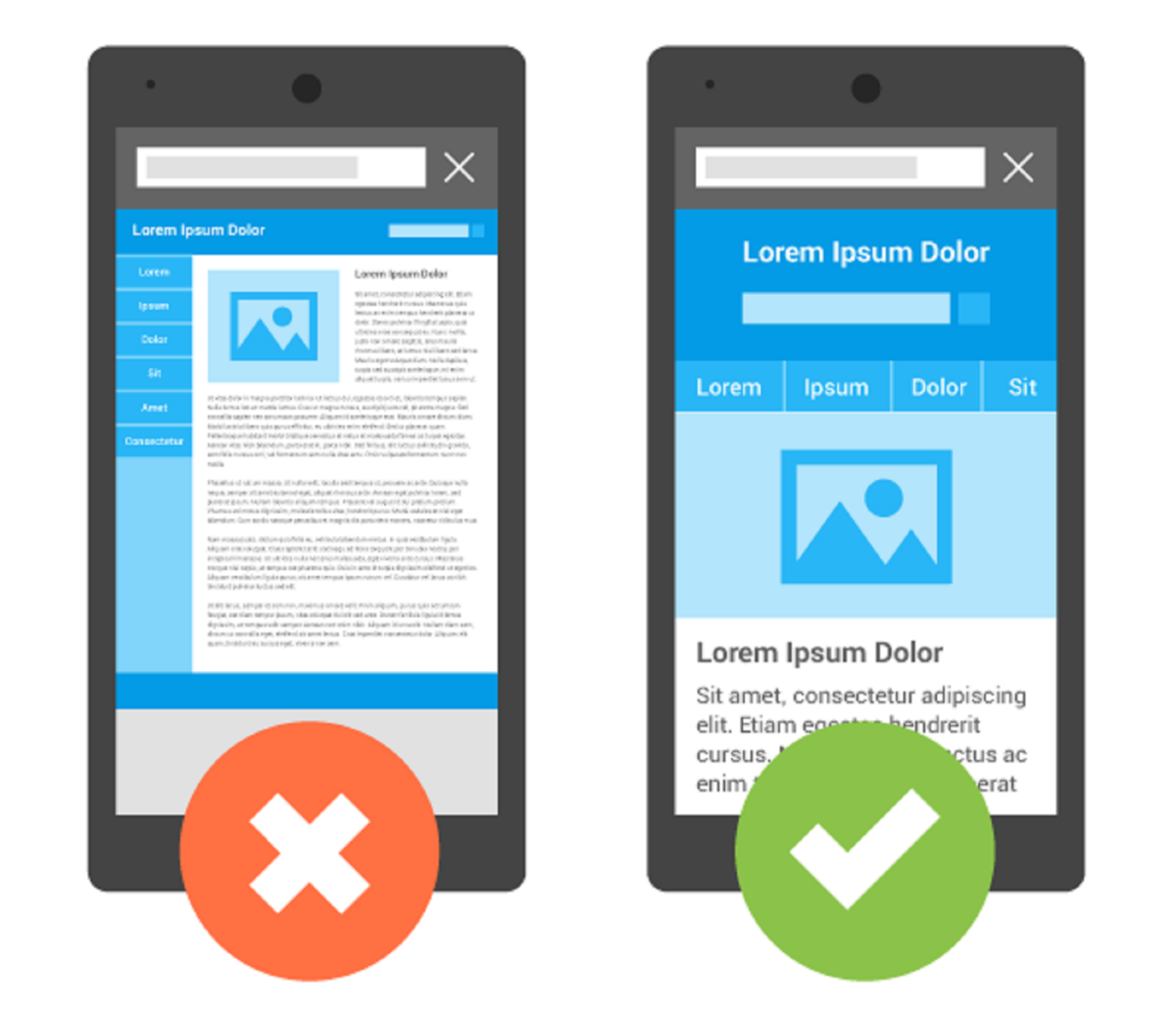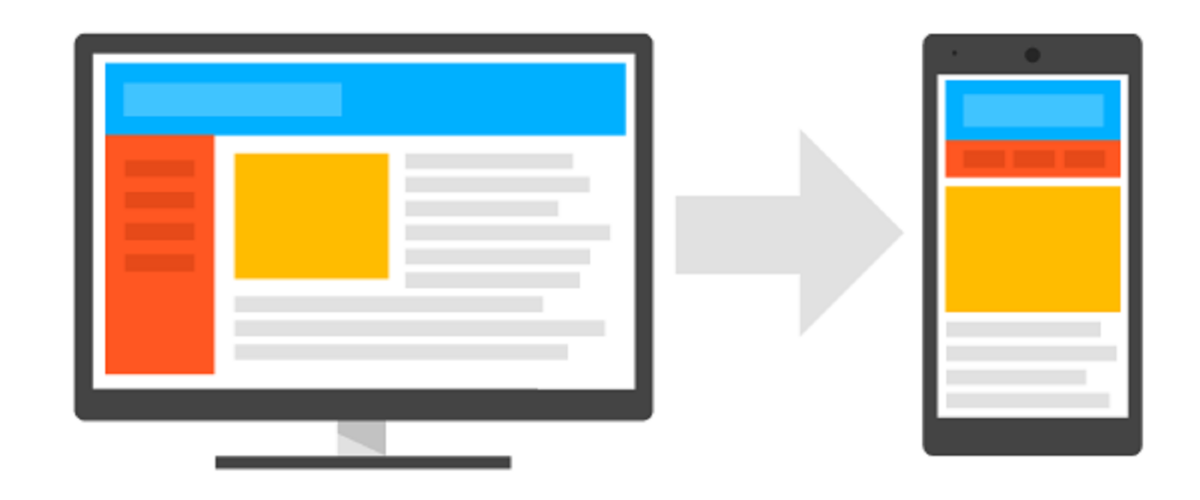DMEXCO marketing precap part 2: SEO trends of 2021
More intelligent algorithms, greater emphasis on content quality, and improved user experience: these are all topics that will shake up search engine optimization in 2021.

2020 has caused upheaval across the board in the retail sector. Gaps in digitalization that had emerged in recent years had to be filled with just a few weeks. Brick-and-mortar retailers have had to come up with creative concepts virtually overnight in order to be able to sell their products online as well, and even large retailers found themselves facing sudden changes in customer ordering behavior.
After the year we’ve just had, even the most stubborn retailer should have grasped that a well-thought-out digital marketing strategy is crucial for the future. Sustainable organic visibility should be an important and integral part of creating this strategy, since companies that make strategic investments in search engine optimization will be less dependent on paid advertising campaigns and will boost their brand awareness.
Although there will be no need to completely reinvent the SEO wheel in 2021 either, there are some exciting innovations that website owners should embrace. We have compiled a list of the most important success factors for SEO to give you a glimpse of what lies ahead in the coming year.
SEO trend #1: No more excuses – mobile-first indexing is coming
Google is putting the final stage of its mobile-first strategy into place and switching over completely to mobile-first indexing in 2021. Google initially mainly used the desktop versions of websites for its indexing and ranking, but the search giant started to switch websites over to mobile-first indexing back in 2018. Instead of evaluating the desktop version, the mobile version of a website is now used as the basis for the ranking.
Since 2018, site operators have been notified in the Google Search Console when their website was moved to mobile-first indexing, and mobile-first indexing has been enabled by default for all new websites since July 2019.
After the switch, websites will primarily be analyzed by a smartphone bot that evaluates only what it can see. In the near future, Google will no longer take the desktop site into consideration for rankings, although users will still be shown the most suitable website generated by their search.
As of March 2021, the mobile-first standard will apply to all websites, with no exceptions. That means that websites that are accessible to mobile bots should offer all the content that is available on the desktop sites, or that should be taken into consideration during organic searches. Google already offers helpful tips for dealing with typical pitfalls and use cases in the form of best practices for mobile-first indexing.
Taking a responsive web design approach is recommended, as this makes implementation significantly less complex than using different URLs.


Site owners can check in the Google Search Console to see whether their website has already been moved to mobile-first indexing. If the main crawler shown in the “Coverage” section is “smartphone”, then the website has already been moved over. Until mobile-first indexing is fully implemented, the process could negatively impact your organic visibility if content is not available on the mobile site, for example.
Regardless of rankings, the focus should be on creating content for users and giving them as much added value as possible. Improving user experience on mobile devices in particular should also become a priority.
SEO trend #2: No more badly-designed websites – page experience becomes a ranking factor
We’ve all been there: you go to click on an article and suddenly your finger lands on an ad because all the content abruptly shifts just as your finger is moving. This frustrates users and gives the impression that getting clicks for ads is far more important than providing information or meeting users’ needs.
A page experience update planned for May 2021 aims to resolve this issue. This update will define the user experience signals that Google feels are crucial factors, and add them to the signals it uses to measure websites. This will ensure that rankings reflect user experience.
Not all of the elements in the update are new, but naming them as ranking factors in the page experience update underlines how Google is likely to prioritize user experience on websites in the future.
The innovations focus on Core Web Vitals, which are metrics designed to quantify the loading, interactivity, and visual stability of a website. The metrics created for this purpose are Largest Contentful Paint, First Input Delay, and Cumulative Layout Shift.

The Core Web Vitals are in addition to existing signals relating to security and UX.
These signals will become ranking factors in 2021:
- Loading (Largest Contentful Paint)
- Interactivity (First Input Delay)
- Visual Stability (Cumulative Layout Shift)
- Mobile Friendly
- Safe Browsing
- HTTPS Encryption
- No intrusive interstitials (pop-ups that cover up much of the content)

There is a range of tools that measure website performance against the Core Web Vitals, including a corresponding notification in the Search Console. Pagespeed Insights, Lighthouse, and the Chrome UX Report are other tools that can provide further insight. Google also intends to update the Core Web Vitals annually, so that it can also include other relevant metrics in the future.
The topic of user experience on websites is becoming increasingly important, so it is essential for website operators to consider how they can ensure the best possible user experience.
SEO trend #3: Expertise beats keywords – why content quality and search intent are becoming increasingly important
The requirements for content quality are also sure to become more stringent in 2021. The main aim of Google’s recent core updates was to further improve the quality of search results, thereby ensuring that not only the best optimized websites in terms of keywords, for example, are ranked, but also the ones that give users appropriate, reliable, and trustworthy results. One concept used here is E-A-T. E-A-T stands for “Expertise, Authoritativeness, and Trustworthiness” and represents a set of criteria from the Google Quality Rater Guidelines. These are issued to employees – known as Google Quality Raters – to enable them to evaluate the quality of a website.
In addition to ranking factors, the criteria are used to compare results from the algorithm with assessments made by humans, in order to keep improving the algorithm in the long term. The Quality Rater Guidelines therefore give an insight into where the search is heading and what the algorithm might be capable of in the future.
Based on the intention of the person entering a search query, the aim is to produce and display an appropriate result, and that is precisely what Google is working on: ongoing refinement of the results to match the individual search intentions.
The latest example is referred to as “passage ranking”. Previously, Google’s rankings always used full pages from a website that were thematically classified and assessed. A page would only be displayed for a corresponding search query if it was appropriately relevant overall to a certain topic.
In the future, Google’s passage ranking will not only rate the page as a whole, but also consider and classify the content of individual text sections of a page in their own right. That means that a website can also rank with a text section for very specific search queries, even if that website doesn’t perform at its best overall.
Of course, the page itself will still be fully indexed; all that will change is the level of detail for the content to be ranked. This will all be based on more sophisticated AI that now has an even better understanding of what exactly users are looking for, and where and how individual text sections can provide the best responses to search queries. Since this is more about the actual search intent and less about hitting exact keywords, covering topics fully and providing content that fulfills the user’s search intent is becoming more of a priority.
Substantiating facts – for example by citing (reliable) sources or naming authors as experts – is also becoming increasingly important. First and foremost, this involves being able to produce reliable experts as testimonials for website content, especially when it comes to sensitive topics like health and finances. References from other high-quality websites in the form of backlinks also emphasize the original website’s expertise in a particular area. See the Google Quality Rater Guidelines for all other details on assessment criteria relating to E-A-T.
The bottom line
SEO trends may come and go, but the requirements for online retailers and website owners to become more user-centric remain vital. Content must be verified and fulfill the search intentions of users. Good content alone will not be enough if websites do not perform on a high-quality level and do not offer a positive user experience. This means that UX must become a higher priority for SEO.
This may not be anything groundbreaking that will eclipse everything we already know; good user experience will still tend to get pushed down the list and purchasing decisions are rarely rational. In actuality, what people really want is to “feel good”, and that should be reason enough to keep optimizing your own website, to give users the best possible experience from start to finish.
E-Mail: franziska.grunke@claneo.com
LinkedIn: https://www.linkedin.com/in/franziskagrunke/
XING: www.xing.com/profile/Franziska_Grunke/
Webseite: www.claneo.com





